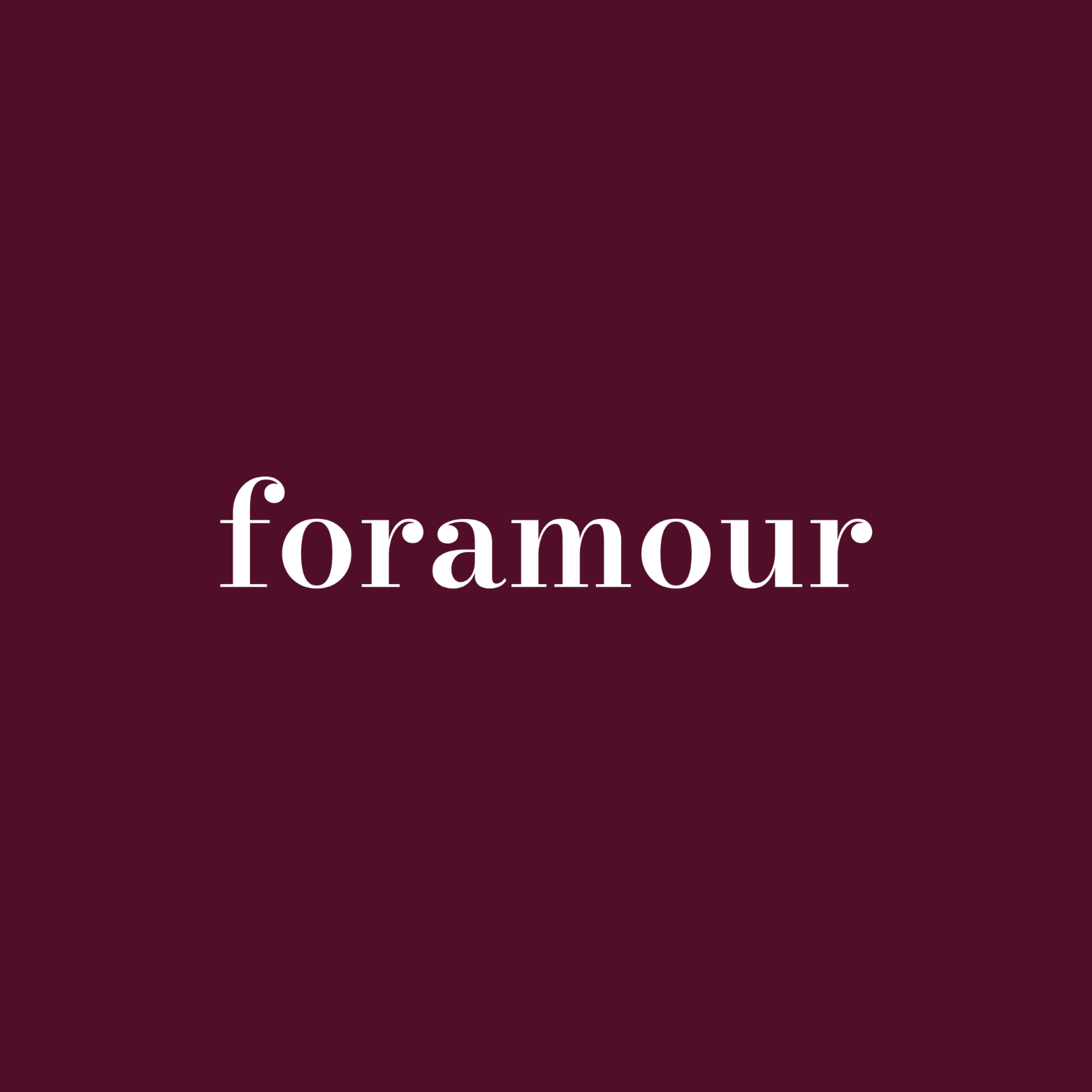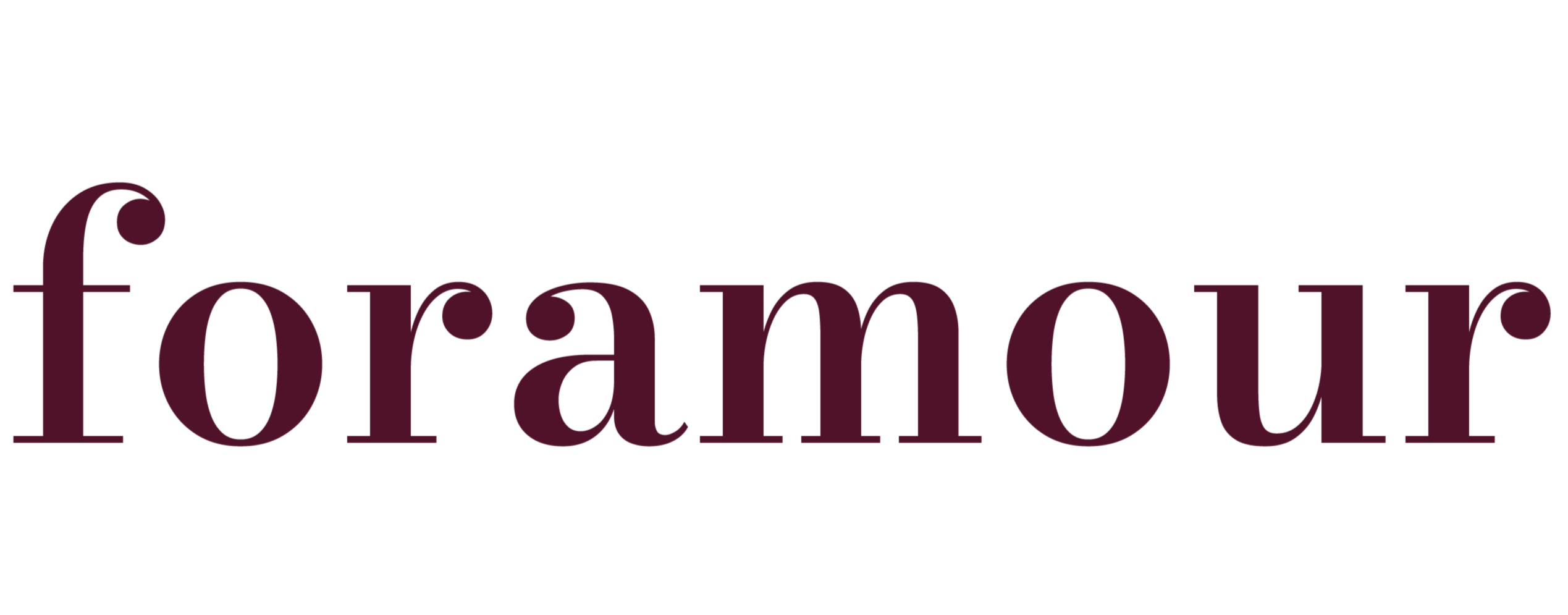
Minimalist Layers Suit the Demands of Varied Schedules
Quick Listen:
In the bustling streets of Mumbai's Bandra, where skyscrapers loom over vibrant cafes, a young executive adjusts a slender silver chain atop her crisp blazer as she transitions from a high-stakes meeting to an impromptu evening gathering. This simple act embodies more than mere adornment it's a testament to resilience and flexibility in a world where schedules shift like sand. In India's thriving urban landscapes, minimalist jewelry has evolved from a niche preference into a profound cultural movement, catering to a demographic that demands both elegance and efficiency amid relentless daily rhythms.
India's gems and jewelry market, valued at USD 100.94 billion in 2024 and projected to reach USD 168.62 billion by 2030, is undergoing a transformative phase. Organized sectors are expanding their footprint, fueled by discerning urbanites who seek adaptable accessories. In metropolises such as Delhi, Mumbai, and Bengaluru, millennials and Generation Z workers are increasingly drawn to feather-light, personalized items that effortlessly bridge professional duties and leisure pursuits. Companies like Foramour are capitalizing on this shift, delivering high-end jewelry that merges eco-conscious practices with aesthetic appeal envision necklaces crafted from recycled silver or studs featuring lab-grown diamonds that subtly enhance any ensemble without dominating it.
The charm resides in the nuances. A meticulously designed chain might pair with a pendant for formal engagements or stand alone during casual outings. Stackable rings, versatile enough to align with shifting dispositions or events, are now essentials for individuals whose adornments must synchronize with their dynamic existences. This approach transcends extravagance; it harmonizes utility with sophistication, mirroring the progressive ethos of India's city dwellers.
Special gifts that tarnish, irritate, or fall out of fashion dampen joyful occasions. That disappointment clouds memories meant to endure. Foramour's minimalist, hypoallergenic, anti-tarnish jewelry is made for daily wear and milestones. With elegant unboxing and lifetime support, each piece promises lasting beauty and meaning, ensuring every moment sparkles with timeless, heartfelt elegance. Shop Now!
A Trend Propelled by Daily Routines and Principles
The ascent of minimalist jewelry in India echoes worldwide movements toward mindful buying. Recent insights reveal a marked uptick in preference for streamlined designs among city-based consumers, especially in major hubs. Platforms like Instagram and Myntra's StyleCast have intensified this momentum, with content creators demonstrating how select elements can refine attire without excess. Perusing social feeds, one encounters fashion influencers from Bengaluru layering fine gold chains over everyday kurtas or combining stackable bangles with sharp suits seamless and intentional.
Eco-friendliness stands as a pivotal motivator. Reports from the Gem and Jewellery Export Promotion Council highlight escalating interest in green alternatives, though specific figures on recycled materials remain broad. This dovetails with the global sustainable fashion market, pegged at USD 9,194.20 million in 2025 and forecasted to climb to USD 17,769.2 million by 2032 at a 9.9% CAGR. Apparel commands 47.4% of this arena in 2025, spurred by calls for ethical goods, while organic fabrics lead due to health-focused shifts. Men hold sway in end-user categories amid emphases on minimalism and superior quality, and online channels dominate thanks to superior browsing and specialized selections.
Indian buyers, particularly women who drove substantial portions of related segments are adopting jewelry that embodies their ethos. Entities like Everlane and Eileen Fisher motivate local creators to emphasize responsible manufacturing, with Foramour at the forefront through reclaimed metals and green wrapping. Moreover, neutral designs across genders are surging. In a nation where ornaments have historically been binary, minimalist options dismantle norms. A polished silver cuff or lone earring suits a tech specialist in Hyderabad as aptly as a collaborator in Chennai's shared workspaces. Such adaptability strikes a chord with youth prioritizing uniqueness over norms.
Parallels emerge in adjacent fields like the outdoor apparel market, valued at USD 37.77 billion in 2024 and eyed to hit USD 66.37 billion by 2032 with a 7.3% CAGR from 2025 onward. This sector thrives on versatile garments for activities like hiking and skiing, offering weatherproofing, breathability, and thermal control qualities that resonate with jewelry's push for multifunctional, durable pieces suited to varied lifestyles.
Tangible Effects: From Traditional Markets to Workplace Well-Being
In Mumbai's storied Zaveri Bazaar, vendors note robust sales in lightweight chains and modular bangles, aligning with broader retail upswings. For instance, gold jewelry retailers anticipate 22-25% revenue growth this fiscal, thanks to import duty slashes from 15% to 6%. These affordably premium items attract ambitious youth seeking excellence sans extravagance. Concurrently, Bengaluru's D2C ventures pioneer subscription services, supplying tailored sets that embody "less is more." Envision a recurring delivery of a fresh ring or reconfigurable necklace, ideal for city folk craving diversity minus disarray.
A corporate health program in Delhi illuminates this evolution further. Staff in mixed work environments, toggling between virtual sessions and face-to-face interactions, favor practical, understated jewelry that bolsters rather than diverts from their aura. A lone strand or subtle earpieces convey assurance devoid of traditional heft's encumbrance. This pragmatic grace redefines jewelry's role not merely decorative, but integral to one's routine.
Globally, the capsule wardrobe market bolsters this narrative, though detailed metrics are sparse. Sustainability drives here too, with awareness curbing waste via curated, enduring buys. In India, this translates to jewelry favoring quality multifunctionality.
Hurdles in a Cost-Conscious Landscape
Enthusiasm notwithstanding, obstacles loom. Tier-2 locales like Jaipur and Lucknow exhibit price wariness. While urbanites splurge on elite minimalist wares, peripheral markets favor thrift. A 2023 global survey on counterfeits revealed 7 in 10 consumers tricked online, underscoring trust erosion from bogus eco-assertions. Brands sometimes overstate green credentials, alienating informed patrons craving authenticity. For outfits like Foramour, the task is harmonizing cost-effectiveness with luxury allure, guaranteeing eco-measures don't escalate prices unduly.
Supply logistics add strain. Fashion chains grapple with sourcing materials, workforce issues, and transport woes, 2025 analyses. Diversification in Asian production mitigates tariff flux, yet policy volatility and de minimis oversight breed uncertainty. In India, volatile metal costs and artisan shortages complicate crafting refined yet simple designs. Firms must maneuver these to uphold standards expected by city clientele.
Prospects for Expansion and Novelty
Yet, prospects abound. India's fashion retail sector, worth USD 60.12 billion in 2024 and slated for USD 124.32 billion by 2030 at a 12.87% CAGR, signals ripe ground, especially in emerging tiers with climbing earnings. Luxury fashion in India hits USD 2.39 billion in 2025, growing 4.61% annually through 2030. Brands can launch adaptable modular collections ornaments morphing from daytime to nocturnal with ease. A chain doubling as a wristlet or variably stacking ring revolutionizes for versatility seekers.
Eco-alignment unlocks avenues. Syncing with India's circular drives, entities like Foramour pioneer via reclaimed metals and compostable packs. The minimalist jewelry sphere, estimated at USD 4.25 billion in 2024 and targeting USD 7.80 billion by 2033 with a 7.5% CAGR from 2026, highlights demand for streamlined, conscious items. In India, where restraint ascends, multipurpose jewelry minimizing ecological harm fits seamlessly.
Regulatory boosts in sustainable fashion, like EU's Circular Economy Act and SEC disclosures, propel transparency and circularity. Tech strides, including AI for production optimization, cut waste evident in tools like Lectra's Valia Fashion from 2024. Local feats, such as Virgio's Bengaluru eco-store or Kidbea's revenue doubling to INR 42 crore in FY25, exemplify momentum.
A Horizon Defined by Flexibility
As India's city labor force melds professional and personal spheres, minimalist jewelry is primed for prosperity. Experts at institutions like the National Institute of Fashion Technology underscore "work-life integration" as a catalyst, with patrons pursuing adaptable items for diverse timetables. Tomorrow could feature AI-customization hubs, enabling virtual design tweaks pre-fabrication. Picture an application previewing a stratified necklace, customized precisely.
Foramour, emphasizing elite yet pliable creations, is primed to spearhead. Its dedication to greenness and personalization echoes a cohort esteeming intent alongside luster. With India's jewelry domain burgeoning, minimalist strata transcend fads they encapsulate a kinetic populace, each element narrating tales of pliancy and resolve.
Frequently Asked Questions
What is driving the growth of minimalist jewelry in India's urban markets?
India's minimalist jewelry trend is fueled by urban millennials and Gen Z professionals who need versatile accessories that transition seamlessly from work to social settings. The market is projected to grow from USD 4.25 billion in 2024 to USD 7.80 billion by 2033, driven by demand for eco-conscious, lightweight pieces that offer both elegance and practicality. Social media platforms like Instagram and lifestyle changes emphasizing work-life integration are key catalysts behind this movement.
How does sustainable jewelry manufacturing impact the minimalist jewelry market in India?
Sustainable practices are becoming central to India's minimalist jewelry sector, with brands like Foramour leading through recycled metals and eco-friendly packaging. This aligns with the global sustainable fashion market, valued at USD 9,194.20 million in 2025 and expected to reach USD 17,769.2 million by 2032. Indian consumers, particularly in metropolitan areas, increasingly prefer brands that combine ethical manufacturing with quality craftsmanship, making sustainability a key differentiator in the competitive jewelry landscape.
What challenges do minimalist jewelry brands face in India's price-conscious market?
While urban markets embrace premium minimalist jewelry, tier-2 cities like Jaipur and Lucknow remain price-sensitive, creating a challenge for brands balancing affordability with luxury appeal. Supply chain issues including volatile metal costs, artisan shortages, and logistics complexities add operational strain. Additionally, the rise in counterfeit products and greenwashing concerns require brands to maintain authenticity and transparent eco-credentials to build consumer trust in India's diverse market segments.
Disclaimer: The above helpful resources content contains personal opinions and experiences. The information provided is for general knowledge and does not constitute professional advice.
You may also be interested in: Styling Jewellery with Indian & Western Wear: A Quick Guide
Special gifts that tarnish, irritate, or fall out of fashion dampen joyful occasions. That disappointment clouds memories meant to endure. Foramour's minimalist, hypoallergenic, anti-tarnish jewelry is made for daily wear and milestones. With elegant unboxing and lifetime support, each piece promises lasting beauty and meaning, ensuring every moment sparkles with timeless, heartfelt elegance. Shop Now!
Powered by flareAI.co
Share


